Our understanding of digital objects is that they are abstract expressions of their corresponding physical objects. But what if an object has no physical counterpart?
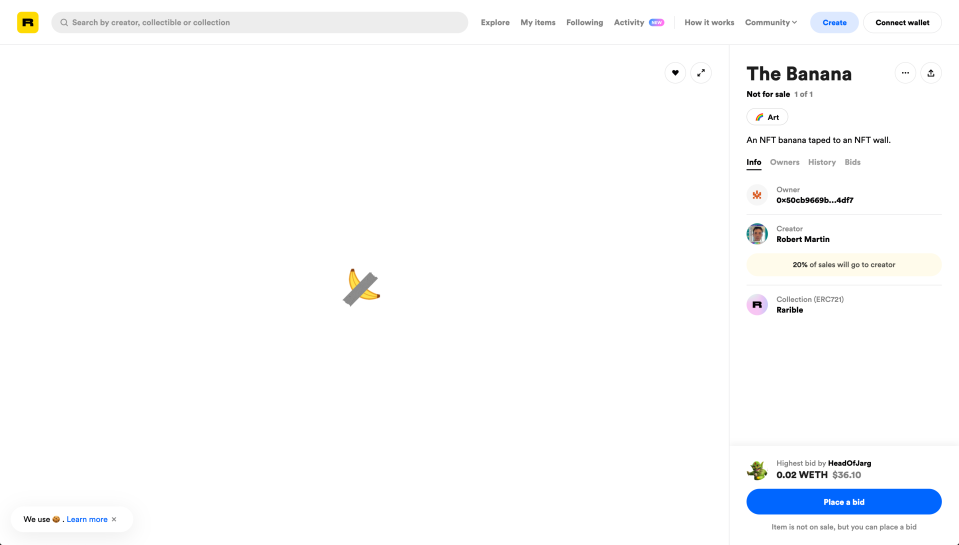
NFT, or what is considered a purely digital object, has been discussed amongst many digital artists and crypto connoisseurs on the internet. To understand how NFTs can operate as objects in our lives, I set out to explore the world of these crypto tokens and even attempt to make one myself to sell on the digital marketplace.
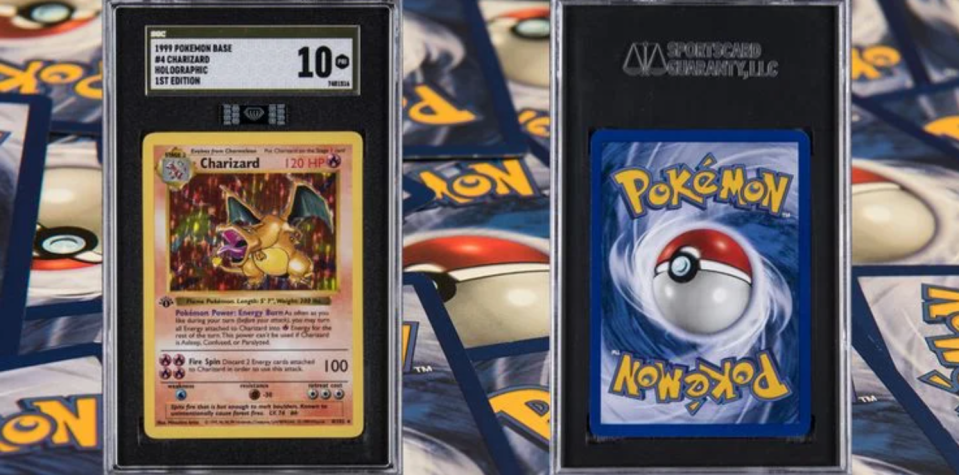
Because this topic is so broad and the sources are so numerous, the first step towards my research was to pinpoint the exact question I wanted to be answered. To do so, I set out to ask a series of questions that could help shape my understanding of NFTs. Non-Fungible Token is a new concept to me, one that I’ve spent weeks trying to understand, sometimes even rejecting. So to ask a good question, I needed to know what it is, how it worked, and who’s currently involved with it.
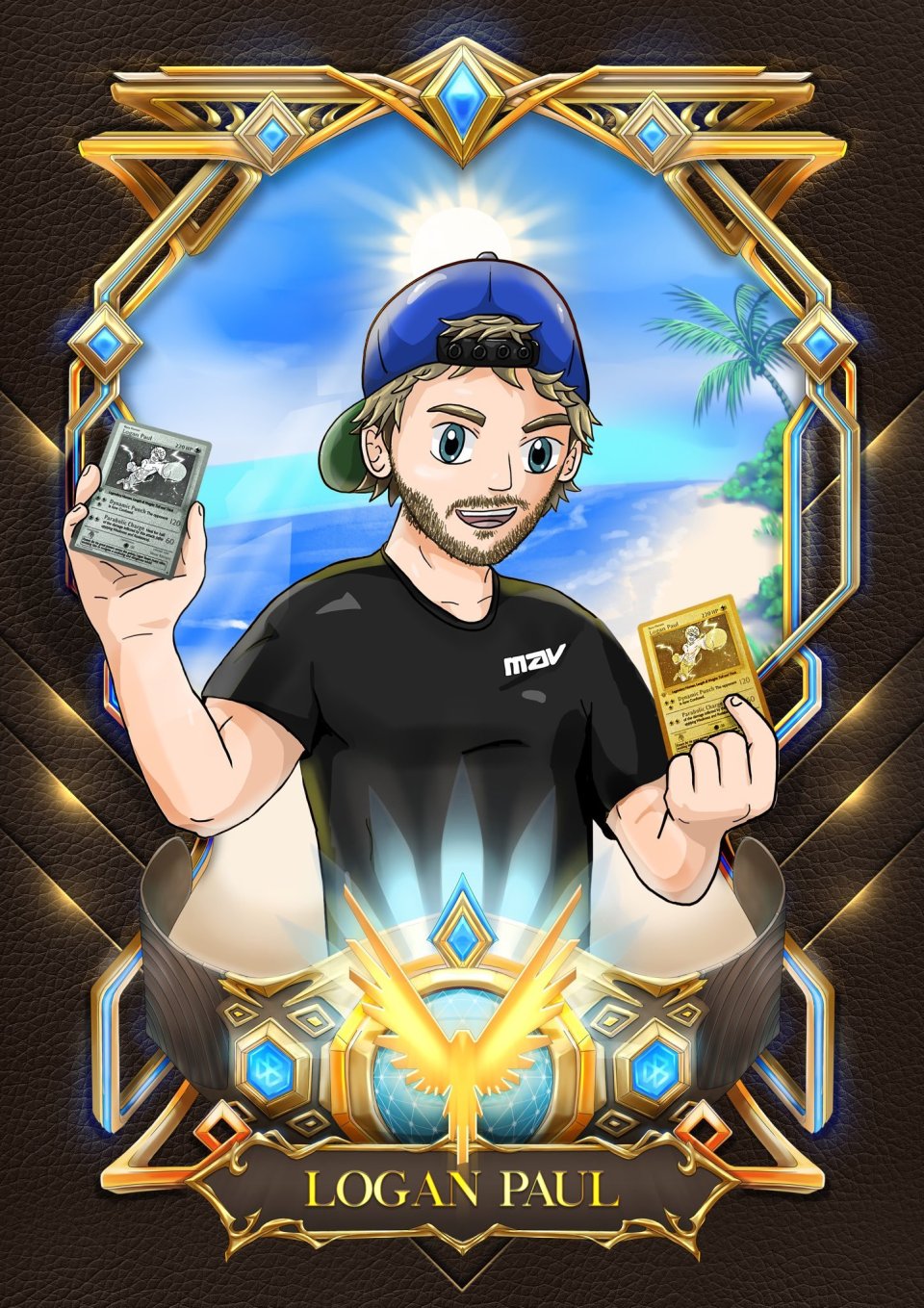
Let’s start with a quick definition: NFTs, or non-fungible tokens, are digital objects that are encrypted on the Ethereum Blockchain to make them unique or give them a “verifiable artificial scarcity” in a digital domain. Non-fungible means that it’s unique and can’t be replaced with anything else. Bitcoin is fungible, but a one-of-a-kind trading card is non-fungible. (Clark, 2021)
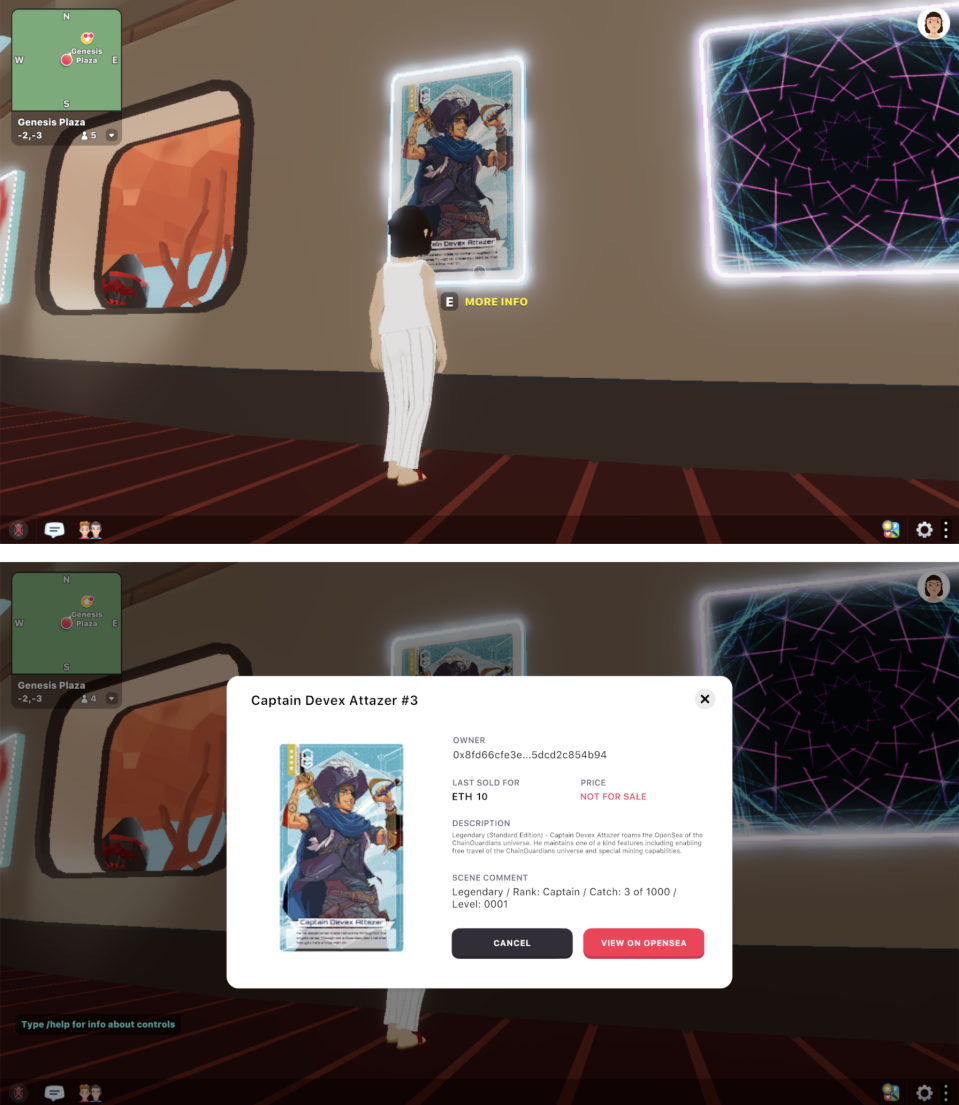
What is a blockchain?
Blockchain, a tech solution that emerged around 2016 and 2017, is a public electronic record that cannot be retroactively updated because entries to this record are timestamped and linked to the previous one. This makes the technology a verifiable and auditable record for each and every transaction. (Mearian, 2019)
ETH, or Ethereum, the digital cryptocurrency on which NFTs are written, is based on the blockchain application platform. (Mearian, 2019)
How are NFTs valued?
In the current crypto marketplace, NFTs can be sold or traded for Ethereum. I came across an article written in March 2020 by an MBA candidate at the Columbia School of Business, Hugo Chang. Chang explained the value of NFT, which at that time had a low adoption rate, through the following formula:
Value of an NFT = Utility + Ownership History + Future Value + Liquidity Premium (Chang, 2020)
In March 2021, the date of writing this brief research topic, the perceived rate of NFT adoption must be much higher than what Chang had stated in the previous year.
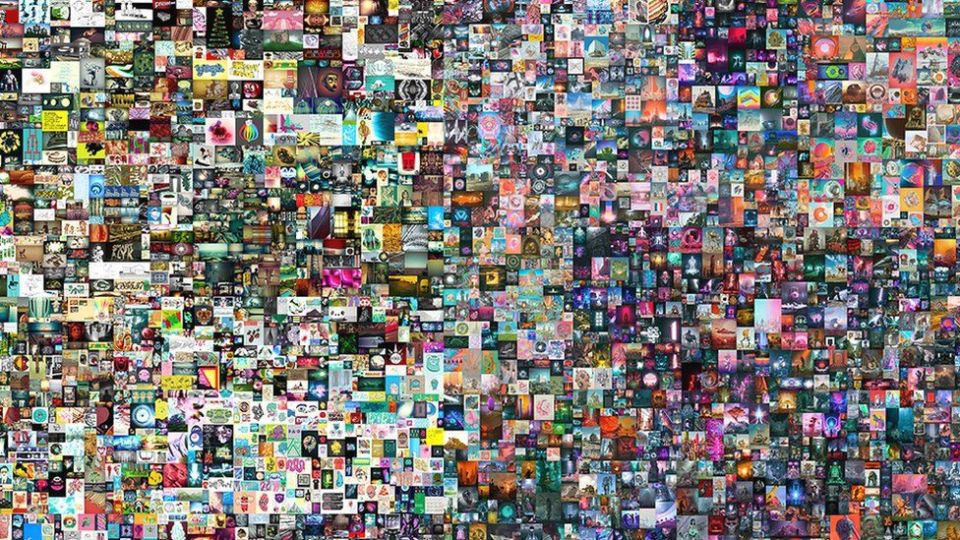
This past week, Christie’s auction house sold Beeple’s “The First 5000 Days” for $69m. Chang describes ownership history as an essential part of the formula in determining the value of an NFT. That’s certainly true in the case of Beeple, a graphic designer and artist popularly known for creating a piece of digital art every day for 13 years (hence the name of his NFT ‘The First 5000 Days). He’s amassed internet notoriety and millions of followers of his social channels.

However, Chang also factors “Utility” into the calculation. The utility is described as how the NFT can be used. In 2019, a rare Crypto Space Commander battleship was sold for $45,250. Crypto Space Commander (or CSC for short) is a sandbox space MMO that operates a player-owned economy. The NFT that was sold for this space has a function in the game.

Digital art as NFTs also comes with a high price tag in the NFT marketplace, but with no perceived real-world or digital function like a battleship in an online MMO; how are these items valued? Or is the trade of art NFTs similar to the trade of fine art in the real world?
Is NFT is an evolution of fine art trading?
The international trade of fine art is defined as the trade of unique, non-reproducible works by an artist. Consumers are not treated the same way any other commodity would because of the aesthetic value that is unique to each piece. (Wikipedia, 2020)
A standard narrative cropping up on the internet is that NFTs are useless because digital files can be copied and downloaded quickly. That can be true of fine art, which is often copied for prints or illegal counterfeits.

In 2018, paintings at an Amedeo Modigliani exhibition at the Palazzo Ducale in Italy were deemed to be fake. Modigliani, an early 20th-century Italian and Jewish painter, and sculptor, is one of the world’s most forged artists. Many scholars have even noted that forged Modiglianis are so prevalent that even fakes of fakes exist. (McGrath, 2018)
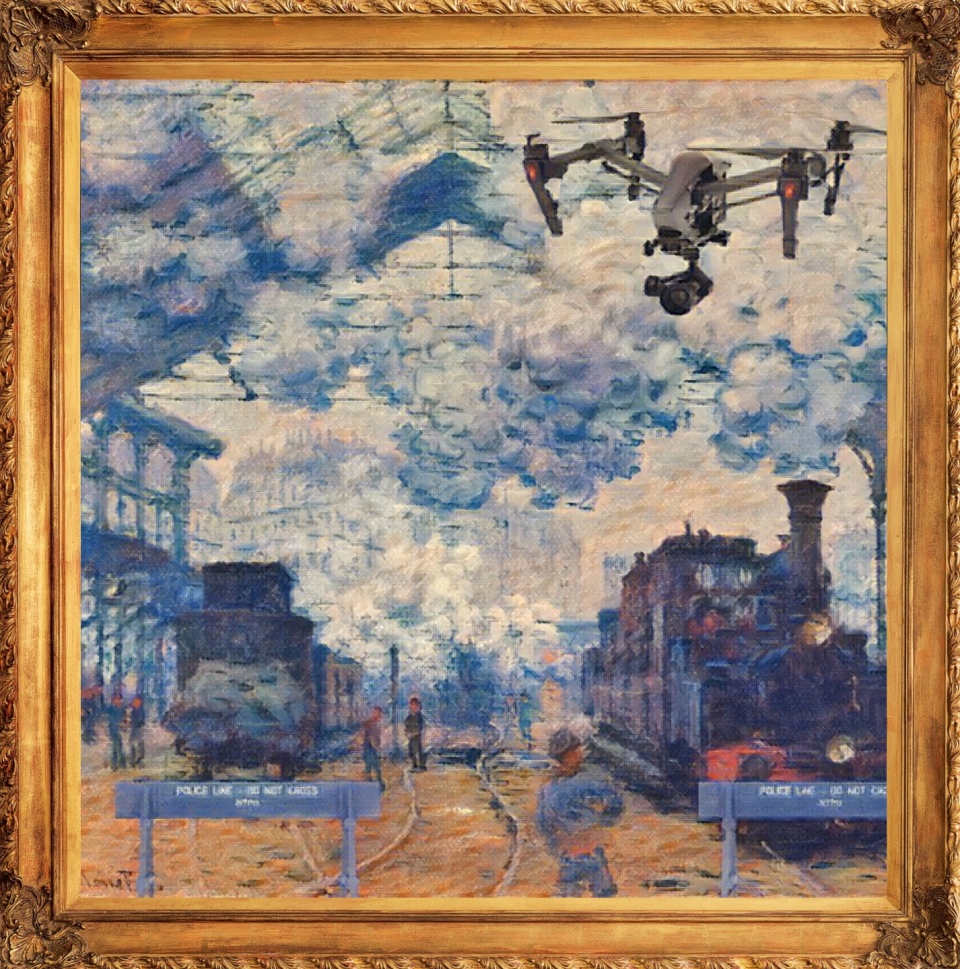
One can argue that with the rampant counterfeiting of fine art and the increasing ease at which prints can be produced, the verification of art in the digital space might be even more trustworthy.
How have NFTs impacted artists?

Many artists have jumped on the chance to offer up their work in the form of an NFT, seeing it as an alternative stream of income. A digital artist who goes by the moniker Phazed recently started selling his artwork as NFTs. Although relatively modest compared to Beeple’s, their success has significantly impacted them so far.
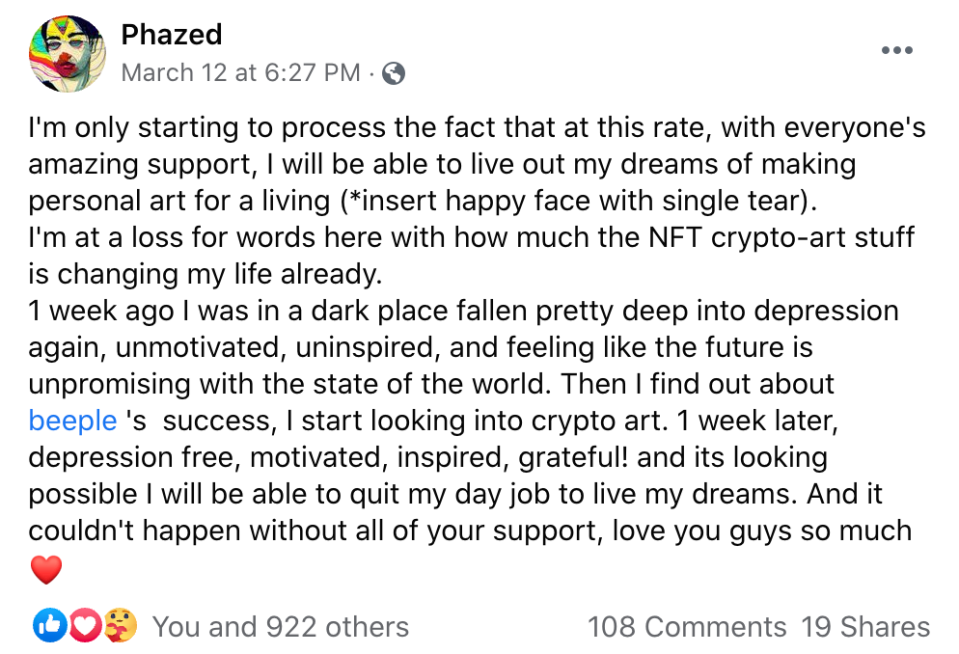
“I’m only starting to process the fact that at this rate, with everyone’s amazing support, I will be able to live out my dreams of making personal art for a living. I’m at a loss for words here with how much the NFT crypto-art stuff is changing my life already.”
There has been a notable paradigm shift caused by the ongoing COVID-19 pandemic from 2020. We’re currently in an era where the sudden shock and effects of this pandemic have left many vulnerable communities scrambling for alternative means for survival. Like other vulnerable communities, artists have suffered dramatically as galleries, cons, and other live events have closed their doors for the foreseeable future. Art has even been contested as to whether it’s necessary for the pandemic landscape.
“the pandemic necessitates a shift from the profit‐centered neoliberal paradigm toward the society focused on efficient, sustainable, and equitable development.” (Rubinić, 2020)
In 2021, NFTs and Cryptocurrencies, and essentially the blockchain technologies they’re built on, offer us this chance to reshape our economies. They offer us decentralization, the transfer of control, and decision-making from a centralized entity to an equally distributed and unbiased network.
In an interview with Mark Cuban on the podcast Bankless, he said that the hype around NFTs is similar to the Dotcom bubble. They [people] don’t fully understand it. Still, they go for the narrative of it, and underneath it all, there are solid applications that impact the world, and that’s the important part. (Bankless, 2021)
In the best way I can describe it, that narrative is that NFTs offer creators and individuals a chance to take back power from abusive institutions; it offers them a chance to escape a system built on oppression; it provides them an opportunity to thrive.
Creating an NFT – a brief how-to
I have decided to create an NFT to sell on the crypto market place in my research on this topic.
Step 1 – creating a digital artwork
In 2020, I created a series of handmade clay pins that I intended to sell online and at a small urban art gallery in Vienna, Soon Studio. I ended up making 20 or so pieces of three different designs: a sad star, a happy cloud, and my signature empty heart. The pins were glazed, attached with a fancy gold clasp, and given a backing printed with my logo and social media handles.
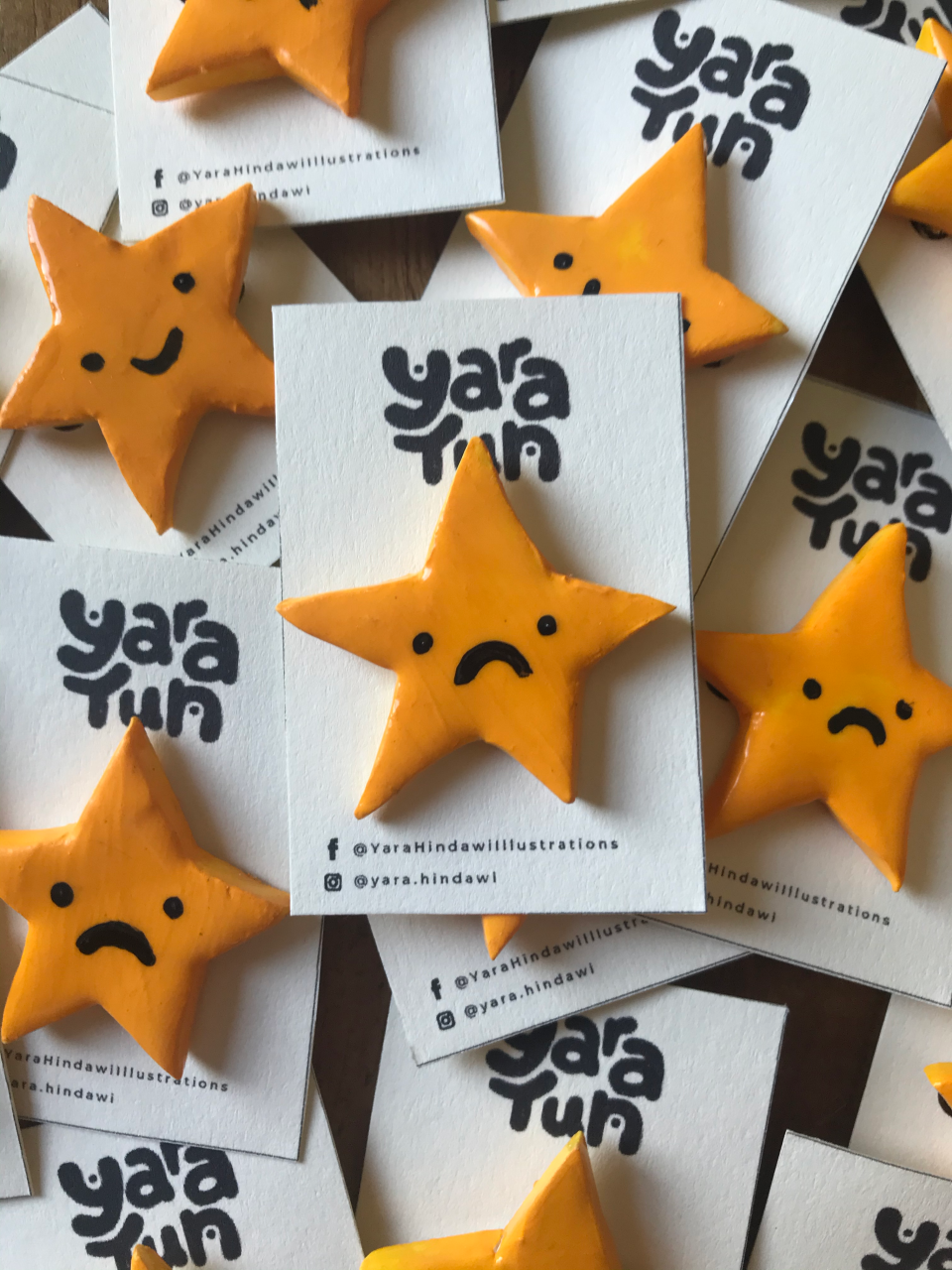
As painful as it is to admit, the pins didn’t sell well at the gallery, and while I had quite a few requests for them online, COVID restrictions made shipping internationally more expensive than it was worth financially. What had started off as an attempt to find an alternative stream of income for my artwork ended up in a box of forgotten handmade pins. The entire ordeal made me feel like a sell-out for devaluing my own artistic expressions for a few bucks.

To bring this value back to the artwork, I decided to digitally recreate one of the pins as a 3D model. Although I have some previous experience with 3D modeling programs, my skills were still quite rusty and I needed the help of a tutorial to get started. I chose Blender as a program as it would be easy to model and animate all within the same space. The upside of Blender is that it’s open-source, therefore the number of tutorials for working with it is enormous. A beginner’s tutorial by Intranet Girl was my main guide for working on the model.
Once I had the shape of the star pin outlined in Illustrator, I imported it to Blender and started working on converting it to a mesh and then extruding it and adjusting its material settings.

The scan came in handy, as it was to be used to wrap the main face of the pin, giving it a semi-realistic look. At this point, I also adjusted shader attributes to the object to give it a shiny, glossy look, with a few fingerprint smudges.

The background was set to turquoise blue and the camera was adjusted to a square aspect ratio. I determined the number of frames that were to be rendered for the animation, and adjusted the position of the star per frame. No additional lighting was placed before the object was set to render.
Step 2 – Minting the Artwork
Once the gif was ready to be minted, I loaded my Coinbase wallet with enough money for NFT minting “gas fees”.
I chose to sell my NFT through Rarible, tho there are many more available market places, each offering a unique set of features for artists and collectors.

To make the NFT sale more enticing, I offered an unlockable feature. For anyone who purchases this NFT, they’ll be given a link to the original high-resolution GIF.

Step 3 – Marketing the NFT
To market the NFT as a one-of-a-kind collector’s item, I turned to my own Instagram account, where I have a modest following of like-minded art connections. Once the piece was posted and shared as a piece of work for sale, it immediately received two negative comments concerning the environmental impact that the media had been hammering on about following the sale of Beeple’s piece.
The Takeaway
To present it as part of my research, I decided to forgo a more traditional method of designing an editorial and opted for a purely visual experience instead. The animation of the star pin was set as the background to an abstract of my research, edited down to a little under 300 words:
There has been a notable paradigm shift caused by the ongoing COVID-19 pandemic from 2020. We’re currently in an era where the sudden shock and effects of this pandemic have left many vulnerable communities scrambling for alternative means for survival. Likewise, artists have suffered dramatically as galleries, cons, and other live events have closed their doors for the foreseeable future. Art has even been contested as to whether it’s necessary for the pandemic landscape. To cope and adapt, humanity now operates in the digital sphere. The office is obsolete. Emojis replaced hugs. Social connections are made in virtual spaces. This is our new normal. In the new era of the digital age, people worldwide embrace new technologies and forgo traditional ways.
The art world has also been turned on its head. NFTs, or non-fungible tokens, a digital object that is encrypted on the Ethereum Blockchain to make it unique, are now being sold for millions on the crypto marketplace. To own an NFT is similar to owning a piece of fine art. Anyone can own a print of a Monet, but only one person can own the original. One can argue that with the rampant counterfeiting of fine art and the increasing ease at which prints can be produced, the verification of art in the digital space might be even more trustworthy. Artists have also greatly benefited from this new system. Cryptocurrencies offer artists decentralization, the transfer of control, and decision-making from a centralized entity to an equally distributed and unbiased network. NFTs offer creators and individuals a chance to take back power from abusive institutions; it allows them to escape a system built on oppression; it enables them to thrive.
References
Bankless (2021). Mark Cuban on Why DeFi and NFTs are the Future. [online] http://www.youtube.com. Available at: https://www.youtube.com/watch?v=l3ptz8qvZcg [Accessed 14 Mar. 2021].
Chang, H. (2020). Understanding the value of Non-Fungible Tokens (NFT). [online] Medium. Available at: https://medium.com/@changhugo/understanding-the-value-of-non-fungible-tokens-nft-49d2713bdfc4 [Accessed 13 Mar. 2021].
Clark, M. (2021). People are spending millions on NFTs. What? Why? [online] The Verge. Available at: https://www.theverge.com/22310188/nft-explainer-what-is-blockchain-crypto-art-faq.
McGrath, K. (2018). 20 Works in Major Modigliani Exhibition Have Been Confirmed as Forgeries. [online] Architectural Digest. Available at: https://www.architecturaldigest.com/story/a-major-modigliani-forgery-scandal-hits-italy [Accessed 14 Mar. 2021].
Mearian, L. (2019). What is blockchain? The complete guide. [online] Computerworld. Available at: https://www.computerworld.com/article/3191077/what-is-blockchain-the-complete-guide.html.
Rubinić, I. (2020). Pandemic paradigm shift. Journal of Labor and Society.
Wikipedia (2020). International trade in fine art. [online] Wikipedia. Available at: https://en.wikipedia.org/wiki/International_trade_in_fine_art [Accessed 14 Mar. 2021].